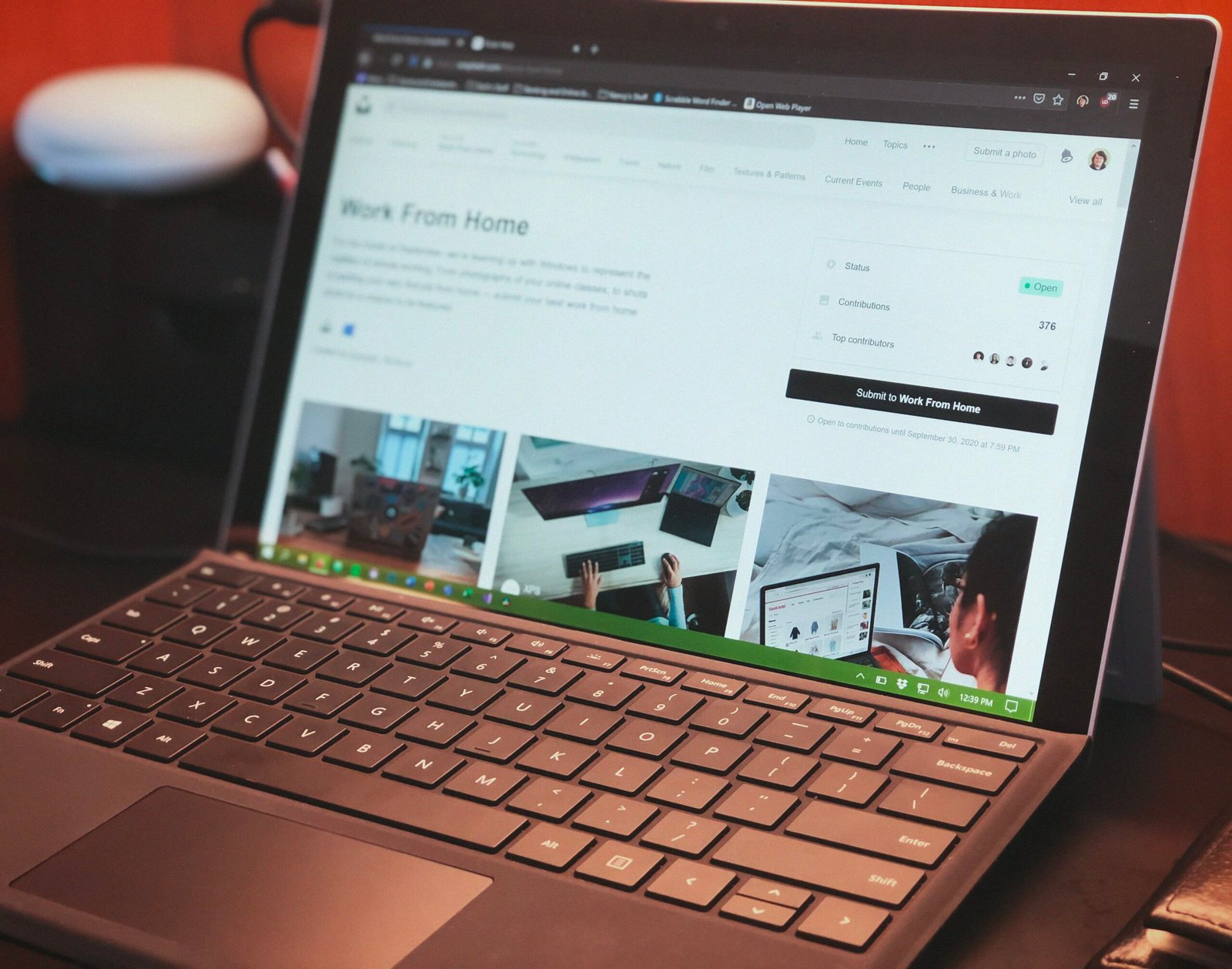Confronting Remote Worker Anxiety: Strategies for 2025

The Psychological Toll of Isolation and Remote Work
The shift to remote work, particularly accelerated by the global pandemic, has significantly impacted mental health, revealing profound implications for employees’ well-being. As many workers transitioned to home offices, social isolation became an increasingly common experience. The lack of physical interactions with colleagues has led to a sharp rise in feelings of loneliness, a phenomenon highlighted in numerous surveys and studies. In 2025, reports indicated that approximately 47% of remote workers experienced heightened levels of anxiety and isolation compared to pre-pandemic times. This profound sense of disconnection contributes to an environment ripe for stress and lowered morale.
Prolonged periods of remote work have also given rise to ‘Zoom exhaustion,’ a term describing the fatigue associated with frequent videoconferencing. While virtual meetings attempt to bridge physical gaps, they often leave employees feeling drained and more isolated. This constant reliance on digital communication can create a cyclical pattern of disengagement, as workers struggle to maintain genuine connections in a virtual landscape. Therapists emphasize that the absence of spontaneous interactions, such as casual conversations in the break room, can exacerbate feelings of loneliness and anxiety, ultimately affecting productivity.
Moreover, the blurring of lines between personal and professional lives adds another layer of complexity to the emotional landscape of remote workers. The home office, once a separate space, has merged with personal environments, making it difficult for individuals to disconnect from work obligations. This continuous engagement can lead to burnout, leaving employees feeling overwhelmed and exhausted. According to a recent study, the overall depression rates among remote workers have surged by 30% since 2022, underscoring the urgent need for solutions to combat these psychological challenges. Licensed therapists are now advocating for strategies to create boundaries and foster meaningful connections, highlighting the importance of addressing mental health in the remote work context.
Ten Evidence-Based Coping Strategies for Remote Workers
As remote work becomes the norm for many employees, the prevalence of anxiety and feelings of isolation has surged. It is essential to implement evidence-based coping strategies that can help alleviate these challenges. Below are ten practical approaches that remote workers can adopt to manage anxiety effectively.
1. Structured Daily Routines: Establishing a structured daily routine can provide a sense of normalcy and stability. A consistent schedule not only promotes productivity but also helps in maintaining a work-life balance, reducing feelings of chaos.
2. Virtual Coworker Coffee Breaks: Encouraging social interactions through virtual coffee breaks can foster community among remote teams. Studies indicate that socializing, even virtually, decreases loneliness and increases workplace satisfaction.
3. Mindful Breaks: Taking mindful breaks throughout the day helps combat anxiety often triggered by long hours of screen time. Engaging in simple mindfulness exercises or short walks can refresh one’s mental state and enhance overall productivity.
4. Setting Boundaries: Establishing clear boundaries regarding work hours is crucial. Remote employees often struggle with overworking, which can lead to burnout and anxiety. Communicating these boundaries to colleagues is essential.
5. Seeking Feedback: Regularly seeking feedback from managers and peers helps create a sense of connection and understanding, which can alleviate anxiety about job performance.
6. Utilizing Technology Mindfully: While technology facilitates remote work, it can also lead to distraction. Implementing a mindful approach to technology use, including planned times to disconnect from devices, can be beneficial.
7. Physical Activity: Incorporating physical activity into daily routines has been shown to reduce symptoms of anxiety. Whether through home workouts or brief stretching sessions, physical movement can enhance mental well-being.
8. Professional Support: Engaging with mental health professionals, including coaches or therapists, can provide deeper insights and personalized strategies to cope with anxiety.
9. Developing Hobbies: Encouraging the pursuit of hobbies or new skills outside of work can provide a positive distraction and foster creativity, reducing anxiety levels.
10. Engaging in Professional Development: Continuous learning through online courses or webinars can bolster confidence and combat feelings of inadequacy, thereby reducing anxiety associated with job performance.
These strategies, supported by research and expert insights, are valuable tools for remote workers struggling with anxiety. Implementing these coping mechanisms can lead to improved mental health and a more satisfying remote work experience.
Real-World Case Studies: Overcoming Remote Worker Challenges
In the landscape of remote work, various companies have encountered challenges that lead to anxiety and isolation among their employees. By implementing innovative strategies, they not only addressed these issues but also fostered a culture of connection. One notable example comes from a technology startup based in Silicon Valley. Faced with the mental health hurdles that many remote teams experience, the management introduced weekly virtual coffee breaks to create informal gatherings. Employees reported feeling more connected and less isolated, significantly lifting overall morale. The company noted a marked improvement in team collaboration and output as a direct result of these efforts.
Another compelling case study stems from a large financial services firm that observed rising anxiety levels during the pandemic. The HR department initiated a comprehensive mental health program that included virtual support groups and one-on-one counseling sessions with licensed professionals. Participants expressed feeling heard and supported, with many highlighting the importance of having access to professional guidance when dealing with remote work pressures. Feedback indicated that the program not only alleviated feelings of isolation but also equipped employees with essential coping mechanisms to manage stress effectively.
A further example is a community-driven initiative from a non-profit organization dedicated to environmental conservation. The organization launched a series of online workshops that encouraged remote workers to engage in creative and collaborative projects. This approach not only kept employees engaged but also strengthened their sense of community and purpose. Workers shared testimonials of feeling revitalized and inspired, as they connected with colleagues over shared passions despite being physically distant.
Through these case studies, it is evident that fostering connection and support can effectively mitigate the anxiety faced by remote workers. These real-world examples serve as valuable lessons for organizations aiming to enhance the remote work experience, demonstrating the need for an empathetic approach to foster resilience and community in a dispersed workforce.
The Future of Remote Work Mental Health Support
As we approach 2025, the discourse surrounding mental health support for remote workers is evolving, driven by a combination of technological advancements and the growing recognition of mental health as a crucial element of workplace wellness. The pandemic has undeniably transformed the way organizations approach employee support, unveiling the necessity for innovative strategies tailored specifically for remote work environments. In this future landscape, we anticipate an increase in virtual therapy options, allowing employees to access mental health resources from the comfort of their homes.
The integration of artificial intelligence and machine learning into mental health support systems is expected to enhance the personalization of therapy services. These technologies can facilitate more tailored support systems by analyzing individual needs and preferences. Additionally, teletherapy platforms are likely to become more widespread, further breaking down geographical barriers to mental health access and fostering a more inclusive approach to employee wellness.
Workplace wellness initiatives are also set to undergo a paradigm shift. Many organizations are likely to prioritize holistic approaches that address both mental and physical health, integrating wellness programs that promote work-life balance, stress management, and mindfulness practices. As flexibility continues to define remote work, companies might consider implementing regular mental health check-ins and creating a safe space for open discussions around employee well-being, thereby normalizing conversations about mental health.
As leaders, it is critical to adapt to this evolving landscape by actively seeking feedback from employees on their mental health needs. Encouraging transparency and fostering a supportive work culture will be paramount. To assist in implementing immediate changes, we invite readers to download our free remote work wellness checklist, a practical tool designed to help organizations assess and enhance their mental health support strategies in this dynamic environment.





